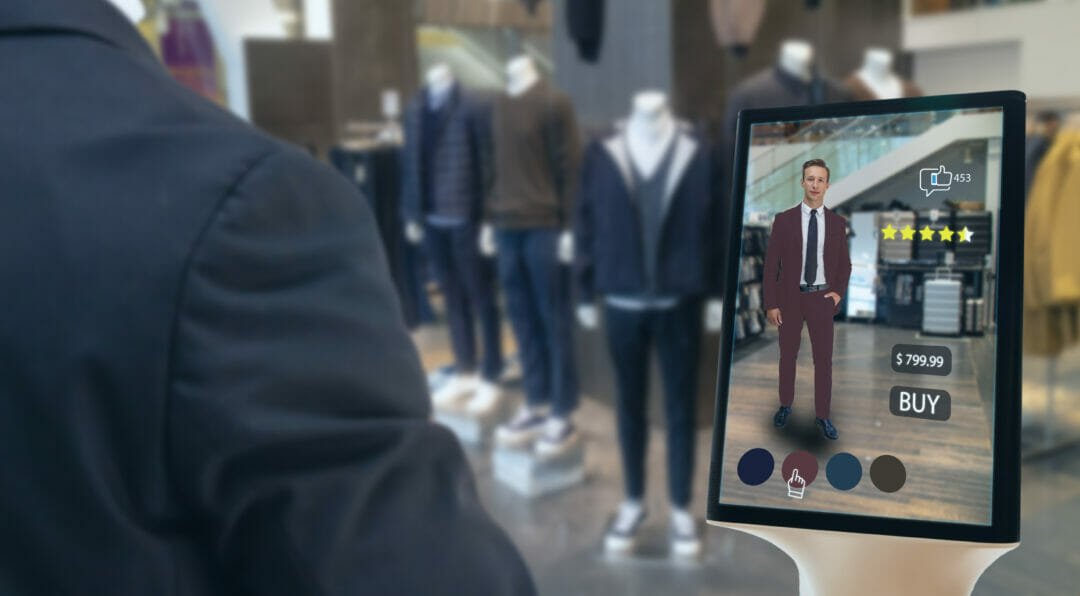The past year has been pivotal for the retail industry. 2020 plunged many of the UK — and worldwide — high-street retailers into an abyss of sliding sales, shaky engagement, and for many, bleak financials. The pandemic was especially harsh for legacy businesses who relied on a store-first operating model with a greater dependence on traditional marketing methods and, by comparison, little-to-no investment in digital alternatives. Therefore, it merits exploring what could have helped keep retailers afloat over the past few months and, now that we’re inching towards freedom, how the customer of 2021 and beyond is expected to shop.
First and foremost, lockdowns and store closures hastened the switch to remote purchasing moments and digital engagement. A recent Deloitte study highlights that we have a new baseline for e-commerce sales, which is expected to grow throughout 2021 and beyond, bolstered by increasing investments in digital with more and more consumers feeling the benefits of online shopping. The firm’s data also shows that 1 in 10 consumers across the continent now shop exclusively online for food, with the figure standing at 30% in the UK. Likewise, consumers also quickly adapted to remote shopping for non-food items.
One factor behind such expansive digital growth was, undoubtedly, concerns around the safety of shopping in-store. Fewer than half of UK consumers stated — just a few months ago — that they would feel safe shopping in a store. Now, even with the UK vaccine rollout moving at pace, the expectation of getting items to the consumer’s door quickly and safely are showing no signs of subsiding soon.
What we’ve understood so far is that consumers in 2021 want speed and convenience. That’s great for store-to-door delivery, but what does it mean for personalisation? Businesses are now looking outside the standard sphere of e-commerce and are starting to differentiate themselves through hybrid technology setups to appeal — and engage with — consumers in unique ways. Specifically, augmented reality (AR) and virtual reality (VR) are set to completely transform the face of shopping. Experts predict the impact of these technologies will revolutionise the industry just as much as the internet did through e-commerce.
Driving value from immersive technologies
In working with retailers to both define and implement the appropriate digital strategies to drive personalisation and engagement, technology solutions providers can go a long way towards helping retailers transition to this new digital marketplace, spurred by consumer demand. Trying clothes on can now be done at the click of a button. Advancements in AR have now materialised in a virtual dressing room through a full-length mirror-style TV powered by a motion-capture camera. Instead of walking in and out, and taking the time to chop and change items, consumers can view garments on storable, digital versions of themselves. The entire environment is controlled by gestures, and social media connectively means consumers can share outfits and receive real-time thoughts and feedback from friends and family. This is just one of the many ways that AR can impact the retail sector by going ‘phygital’. In an increasingly competitive market, such technology solutions can help retailers build a competitive advantage by changing the way customers interact with a brand.
Adding to this, through the development of innovative engagement platforms, retailers can change consumer-facing processes to make them more experiential too. For instance, interactive store-front displays that refresh at intervals throughout the day can showcase a brand’s offering in a much more versatile and targeted manner. Another area in which technology can support the sector, is in helping some with systems that enable mannequins to model garments in real-time. Catering to high-street fashion, more stores are installing ‘boutique vending machines’ that sell luxury products through an interactive, digital sales process.
The key, ultimately, is to make the in-store experience seamless, and the online experience just as tailored. The demand and growth of online alternatives has pushed retailers to reassess the value of the in-store experience and assess their strategy moving forward. The truth is, there remains a place for bricks and mortar. However, consumer expectations around speed and personalisation have sky-rocketed, and the same goes for services online.
Investments in experience need to ensure that they make sense from a brand perspective, increase consumer engagement, add value, and result in a financial return. The customer of 2021, and beyond, has high expectations. To meet them, businesses will need to invest in the right technology to keep themselves one step ahead.








